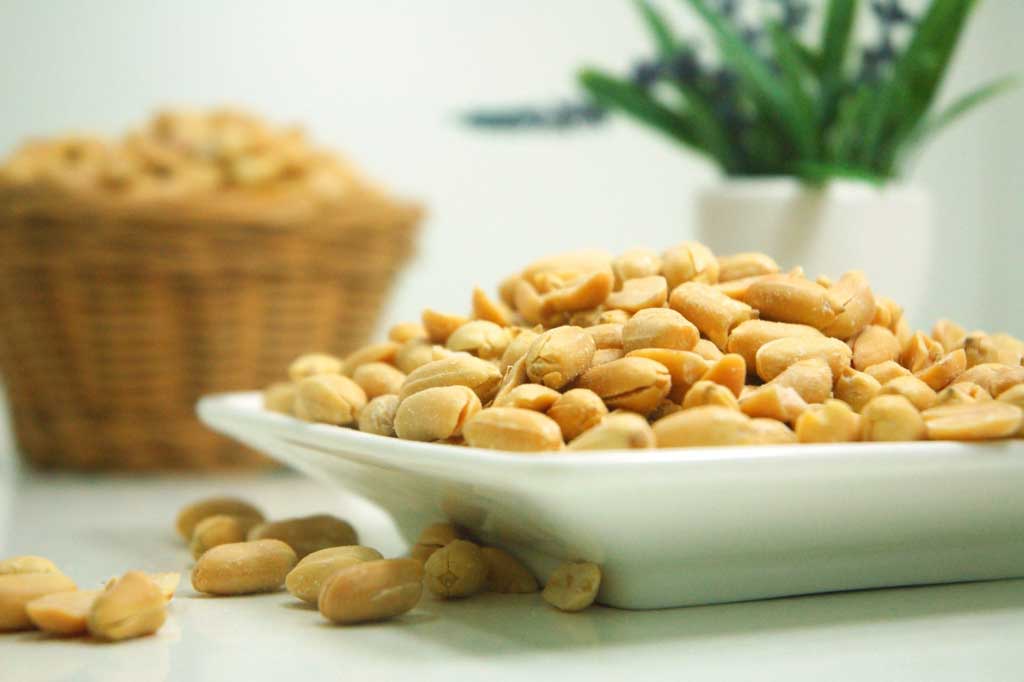Swine flu vaccine 'link' to 'deadly' nerve condition
Medication
‘H1N1 vaccine linked to potentially fatal nervous system condition’ is the frightening headline in the Daily Telegraph. However, the complete picture behind this alarmist claim is in fact very different…
“H1N1 vaccine linked to potentially fatal nervous system condition,” is the frightening headline in the Daily Telegraph.
The story is based on research looking at whether the H1N1 ‘swine flu’ vaccine could increase the chances of people developing a neurological disorder called Guillain-Barré syndrome (an uncommon condition that in a small proportion of cases can cause paralysis). The study was an attempt to calculate whether using the H1N1 vaccine would lead to an increase in cases of Guillain-Barré syndrome.
The researchers found evidence of a ‘statistically significant’ increase in cases of the disease (ie it was not likely to be due to chance). However, the increase was small. The researchers estimated that for every 500,000 people vaccinated against swine flu, there would be approximately one additional case of Guillain-Barré syndrome diagnosed in the province. In addition, while Guillain-Barré syndrome can be fatal, this only occurs in around one in 20 cases. Most people with the condition make a full recovery within six to 12 months.
The Telegraph’s story is accurate but its headline is arguably needlessly alarmist. Vaccine scare stories may help to sell newspapers, but by putting people off getting vaccines they could indirectly contribute to otherwise avoidable deaths.
Most experts would argue that the potential benefits of vaccination far outweigh any potential risk.
Where did the story come from?
The study was carried out by researchers from Laval University, the Quebec Ministry of Health and Social Services and other Canadian institutions. The research was funded by the Quebec Ministry of Health and Social Services and the Public Health Agency of Canada.
The study was published in the peer-reviewed Journal of the American Medical Association.
Generally, the story was reported appropriately, but the Telegraph headline over-emphasised the 'potentially fatal' nature of the disorder. However, its main story did report the wide range of risk increases found and the fact that there were only a small number of cases of Guillain-Barré syndrome.
What kind of research was this?
This was a cohort study that examined the association between the H1N1 vaccine and Guillain-Barré syndrome (GBS). GBS is a rare nervous system disorder, where the body’s own immune system attacks the nerves in the body (in other words, it is an 'autoimmune' condition, which rheumatoid arthritis is too). People with the disorder experience muscle weakness and altered sensation in the limbs and body. In serious cases it can lead to paralysis, including paralysis of the muscles involved in breathing. If this happens, it can be life-threatening and require the patient to be placed on a ventilator. The exact cause of the disorder is not known, but the condition is thought to result from a bacterial or viral infection that causes the patient’s immune system to attack the nerves that control sensation and movement. Approximately 80% of people with GBS recover fully. Others may experience long or life-threatening complications.
A version of the H1N1 vaccine developed during the 1970s was linked to an increase of GBS cases in the US. During the 2009 H1N1 swine flu pandemic, a mass immunisation campaign was carried out in Quebec, Canada. Due to the previous links between the vaccine and GBS, the chief medical officer of Quebec ordered a study to monitor cases of GBS in the months following the vaccination campaign. This allowed the researchers to compare the risk of developing GBS among people who were vaccinated with the expected risk to the unvaccinated population.
Conducting a cohort study such as this allows for the identification of unexpected clusters of GBS cases above what would normally be expected. This has advantages over other methods of cluster investigations, which often rely on the initial reporting of cases before defining the populations, exposures or outcomes of interest. Defining these factors first, and then designing a study to investigate them, helps to remove bias and confounding factors from the research.
What did the research involve?
The researchers collected data during the H1N1 immunisation campaign, which targeted all residents of Quebec over six months old (approximately 7.8 million people). During the campaign, 57% of this population (4.4 million people) received the H1N1 jab.
The researchers then monitored new cases of GBS diagnosed in Quebec during the six months following the immunisation campaign. They collected data on the date that symptoms began and determined whether or not the individual with GBS had received the H1N1 jab.
The researchers then compared new cases of GBS between people who had received the jab and those who had not, and calculated the relative risk of developing GBS if given the H1N1 vaccination. They calculated this risk at four, six and eight weeks after immunisation in different patient subgroups using several different statistical methods. The researchers also determined the 'attributable risk' over a million vaccine doses, estimating the number of GBS cases that would be likely to arise for every million H1N1 jabs.
What were the basic results?
A total of 83 cases of GBS were identified during the six months after the immunisation campaign, equating to an overall GBS incidence rate of 2.3 cases per 100,000 person-years (a measure that accounts for both the number of the people in the population and their time at risk of developing the condition). Approximately 69% of individuals with GBS were men, and the median age of those affected was 49.
Of these 83 cases, 25 had been vaccinated up to eight weeks before experiencing GBS symptoms. A higher percentage of elderly people with GBS was seen in the vaccinated group than in the unvaccinated group.
When comparing new cases of GBS between the two groups, the researchers found:
- A significant increase in risk of developing GBS among vaccinated individuals compared with unvaccinated individuals during the first four weeks after vaccination (relative risk 2.75, 95% confidence interval 1.63 to 4.62). This represented a small absolute difference in the rate of new GBS cases between the vaccinated and unvaccinated groups, with 5.60 cases per 100,000 person-years in the vaccinated group during the four weeks following vaccination, compared to 1.97 per 100,000 person-years in the unvaccinated group (rate difference of 3.63 per 100,000 person-years).
- Approximately 2.7 cases of GBS per 1 million vaccine doses were possibly attributable to the H1N1 jab (95% confidence interval 1.7 to 3.4); another way to think of this would be if 1 million fewer vaccines were given during the immunisation campaign, there would possibly be 2.7 fewer cases of GBS diagnosed in Quebec during the follow-up period. This excess risk was only significant for GBS cases diagnosed within the first four weeks following vaccination. The risk became non-significant when examining cases diagnosed six and eight weeks after receiving the jab.
During subgroup analysis based on age, the researchers found that the excess risk was significant only in people over the age of 60 (relative risk 2.69, 95% confidence interval 1.51 to 4.80).
How did the researchers interpret the results?
The researchers concluded that a cluster of GBS cases occurred shortly after the Quebec H1N1 immunisation campaign, but that the “benefits of immunisation outweigh the risks”.
Conclusion
A study has indicated that people who received a version of the H1N1 influenza vaccine were at significantly increased risk of developing Guillain-Barré syndrome in the four weeks following vaccination.
GBS is a rare but serious nervous system disorder that can sometimes be life-threatening, particularly in older people. This study found an increase in risk of developing GBS in the four weeks following the H1N1 swine flu vaccination, and the excess risk was observed only among older people. This is important to note, as people over the age of 65 are considered to be at high risk of complications if they have the flu. The causes of GBS are not known, but the condition has been observed to follow bacterial or viral infection. Given this, it is entirely plausible that there could be a small risk following a vaccination, which administers a small quantity of the infection to build up immunity.
It is worth noting that the WHO has declared that the H1N1 influenza pandemic has ended. However, people in high-risk groups are advised to be vaccinated against the strain, as it is still in circulation. The WHO has also recommended that the 2012 to 2013 flu vaccines include protection against the H1N1 strain.
Weighing up the benefits and risks is important when considering any medical procedure, including vaccinations. The researchers reported that during the 2009 flu season, the risk of being hospitalised with H1N1 swine flu was 1 in 2,500, and the risk of death was 1 in 73,000. When compared with the risk of developing GBS during this period, they concluded that the benefits of immunisations outweigh the risks.
However, this comparison does not appear to consider the effectiveness of the H1N1 jab at preventing individuals from developing the flu.
Analysis by *NHS Choices. Follow Behind the Headlines on twitter*.






 Subscribe
Subscribe Ask the doctor
Ask the doctor Rate this article
Rate this article Find products
Find products






